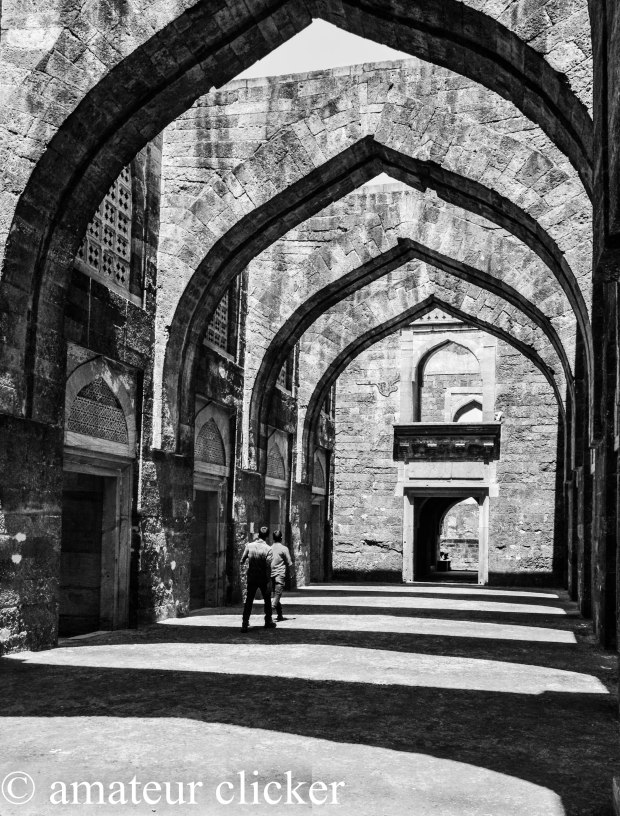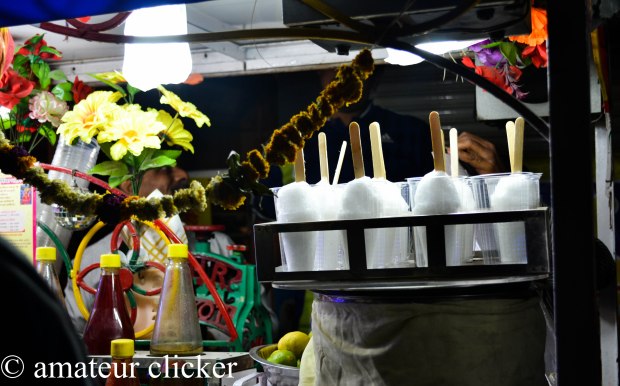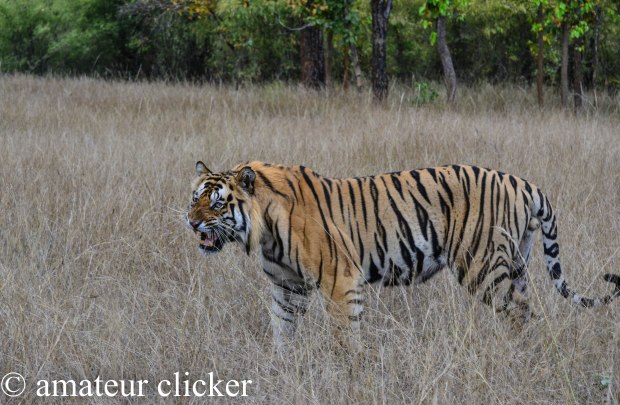Indian history is so vast and diverse that studying it in one lifetime perhaps is not possible, the records of such a long time are available and the fact that it is such a vast country and there is so much diversity makes it an interesting subject no end. Whilst I was taught history in school, honestly, I was not that fascinated, for in exams that would ask which year who defeated whom and all that and remember the AD and BC and all that seemed a super headache. Perhaps the system of testing instead of narrating stories was what killed it. Whilst the class would invariably be interesting, the exams would be dreaded by all of us.
What the history classes did not achieve was ultimately achieved by ‘Amar Chitra Katha’
Reading these books whilst growing up is one of the highlights of my life and also a stark reminder that history always fascinated me. Especially when narrated well nothing can beat the stories from the past. So during this road trip to Pench NP, we decided to drop anchor at Mandu for a day.
Mandu, previously known as Mandavgadh, is an amazing location, ideally to be visited in Monsoon, is an amazing conglomeration of cultures and tells you so much about India’s diverse history. The story of invasions, prosperity, art and culture booming, eventually cultural invasions and most spectacularly even architectural conversions!!
As our guide narrated, originally founded by Raja Bhoj, Mandu was once a prosperous town, well populated and pretty educated and liberated society. It is said even the then lowly considered weavers would be able to write shloka’s in Sanskrit back then, that high was literacy during the times of Raja Bhoj in the 11th century. Eventually as the centuries passed, it was won over by the Afghans, the Ghuri dynasty was established and began Mandu’s golden age. (source : wiki) The subsequent take over the the Khilji’s and during the reign of one of its most colourful king Ghiyas ud din who buillt a harem of almost women to equal the number of wive’s Krishna had (as per our guide) tells you how many tales this place holds.
The most popular story, which has been told a lot and even has had a popular hindi film made on is of the romance between Baz Bahadur and Rani Rupmati. The tale as narrated by the guides here is stuff of so many unbelievable happenings and makes you wonder as to how the people of that generation thought. The entire truth again is probably lying somewhere in between. How a Muslim king and a Hindu princess fall in love, their palaces which look to have been built for practicing and performance of music and dance, the Rupmati pavilion built for her to worship the Narmada river before she ate anything overlooking the Narmada valley tells you of splendors and whims of the rulers of that era.
Mandu today has several World Unesco Heritage sites, its architecture from the days gone by tell you of the engineering that might have been used in those days. The swimming pools, to hot water showers, to sauna’s, numerous escape routes, the music rooms that involve telephonic technology almost are a delight to view and soak in. Do hire a good guide and do take in all the story he tells you with a pinch of salt, history they tell you might be distorted a bit, the narration however, helps build a more interesting experience. The architecture of the place as the guides show us has several traces of so much diversity Jain, Hindu, Muslim and Farsi influences are clearly visible telling you that each one came in and tried to leave their mark on history.
Although I visited it in March, a relatively dry and barren time of the year, ideally visit Mandu during Monsoon, not for nothing did the Mughal’s including Akbar treat this as a monsoon retreat. It is a pleasure that must not be missed. The Jahaz Mahal during the monsoon is a visual treat you do not want to miss.
Here are a few pics from our trip there :

On the far right is Jahaz Mahal, the entire area is flooded during monsoon, it also has a lake on its back side and appears like it is a floating palace in the monsoon. A sight you do not want to miss.

The Jahaz mahal is said to have been a harem that housed some 16000 women, in the monsoon I am sure the Sultan boarded this ship till the rain’s gave up! 😉

The Hoshang Shah tomb made of marble that is said to have inspired the architect’s of Shah Jahan who were responsible for the Taj Mahal

The walking path in the Rani Rupmati Pavilion

This used to be the swimming pool in Baz Bahadur’s palace, amazing is how they managed the water cleaning system and all.

Hindola Mahal, the place where the women kept in the harem would entertain themselves on swings.

The hindola mahal from inside, said to have had huge swings in its time.

A perspective of Jami Masjid in Mandu

Mandu is a delight for any photographer! A must visit place

The wanderlust in you will love this place over looking the Narmada Valley!

























